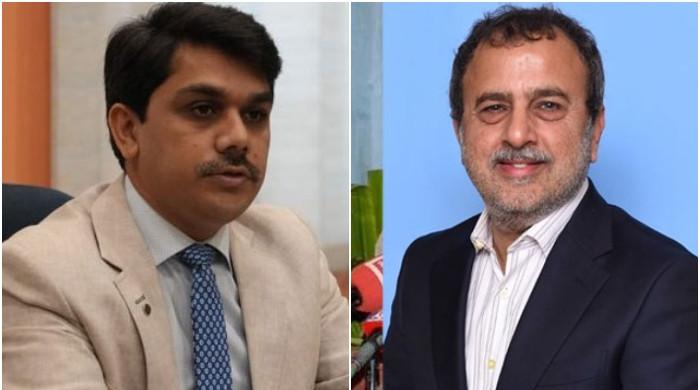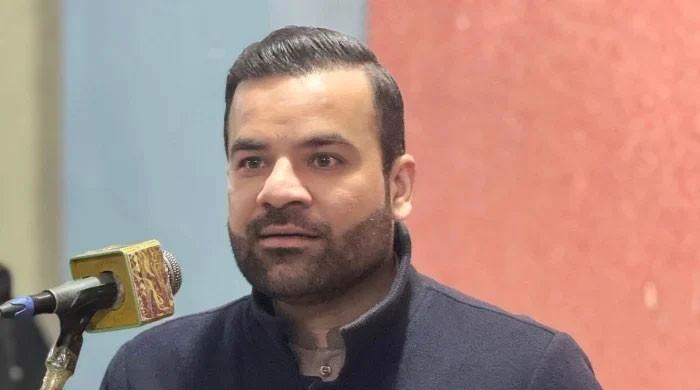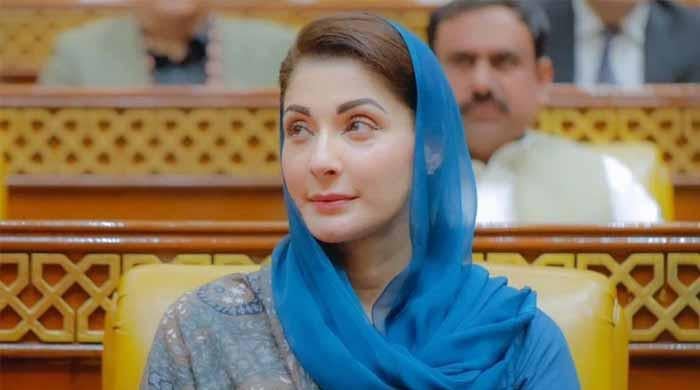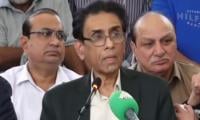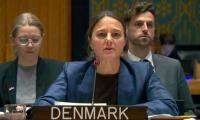It’s 2017 and gender wage disparity is real. Living in a world with almost 50% population constituted by females, gender wage gap persists as a first-world problem and the issue is not getting better with time.
While women continue to strive for an equal representation on various avenues, the statistics indicating gender based inequity are alarming.
According to a report recently released by the World Economic Forum (WEF), it may take up to two decades, 217 years to be precise, for women to get paid equally as their male counterparts!
Further research reveals how men are paid almost double in comparison to women, for the same job and position at workplace.
A cruel, yet actual depiction of the patriarchy that prevails in even the most modern western societies, the issue is deeply rooted in discrimination women go through most of time.
Women almost always, despite being an equally important contributor to the economy, are left far behind for the effort and hard work they invest into their jobs.
The forum made use of the data of 144 countries and formulated a list based on women being entitled to equal rights in the country.
Iceland topped the list for the ninth time in a year. However unfortunately, Pakistan remained at the bottom with Iran, Syria and Yemen coming in last.
The Economist paints a simple picture to make the situation understandable: women outnumber men in positions with lower salaries and enjoy little chances of promotion.
And men and women are segregated between occupations and industries; those where women are predominantly paid less.
But the problem does not only involve people of the working class. Even the top-strata individuals of the society encounter the same issue, reflecting upon the existence of it in even sports, entertainment, business and other realms.
The fact that even high-profile female celebrities do not get paid equally to their male counterparts cannot be shunned.
A number of female celebrities have been fairly vocal about the problem concerning half of the workforce.
Amongst them is Judy Greer who once said, “In the past few months, I’ve become convinced of one thing: If I were a man, I’d be paid more. I realize that some people may not sympathize with an actress who gets to be in movies and on TV for a living. But if you take away names and vocations, the fact is that in 2015 a man is still getting paid more money to do the same job a woman does, in Hollywood and everywhere else.”
The aforementioned explains the gravity of the real problem at hand. While America is yet to welcome its first-ever female President even after 241 years of gaining independence, one can only imagine the extent to which the matter prevails in third-world countries that is even worst for Muslim women.
“The global literacy gap for women is said to be 45 per cent but for Muslim women, the number almost doubles, standing at 86 per cent,” said Gazdar, a social scientist of Pakistan.
The notorious glass-ceiling that never gets shattered even after untiring attempts made by women time and again elucidates the domination of men in all walks of life.
Waiting for 217 years for the closure of gender wage gap might as well be an indication of sweeping conservatism in almost all the societies, despite self-proclaimed advancements in elimination of gender discrimination.
-
Security forces gun down 30 terrorists in multiple IBOs in KP: ISPR
-
MQM-P calls for new province in Sindh
-
US report validates Pakistan military edge over India: PM
-
Banned TTP poses serious threat to Pakistan security: UNSC panel
-
CM Afridi clarifies remarks on by-poll after ECP requests army deployment
-
Dubai sees 3.2m Pakistani passengers in 2025 as airport sets new milestone
-
Security forces kill 23 Indian proxy terrorists in KP's Kurram
-
Pakistan to construct island to boost oil exploration: report
